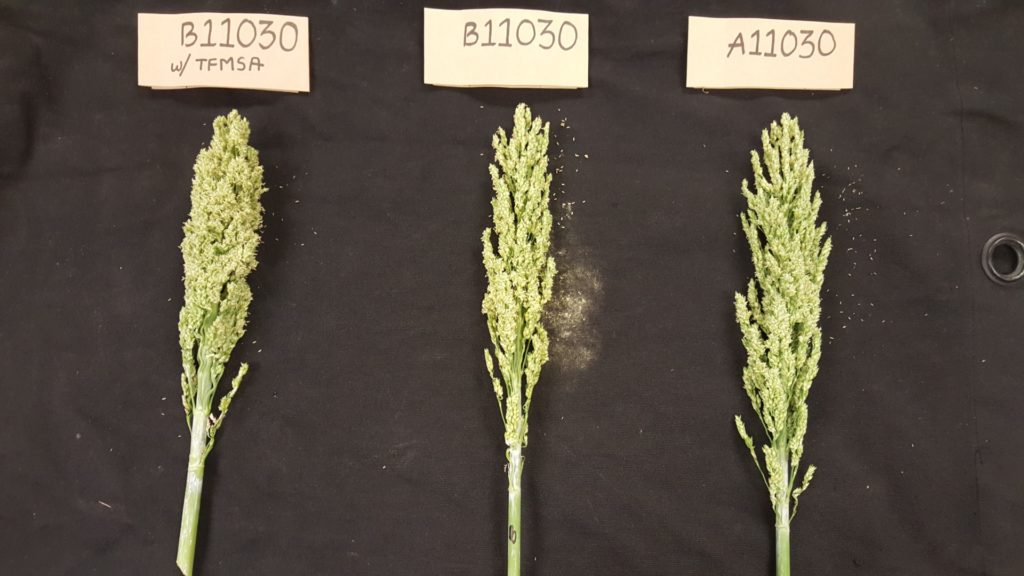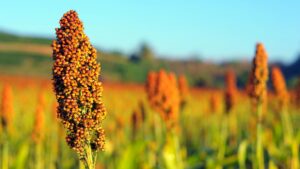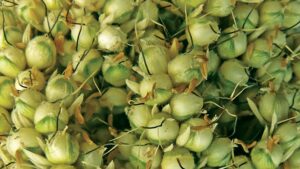The sorghum breeding program at Texas A&M AgriLife is introducing a new approach to induce male sterility in sorghum.
Since systematic sorghum improvement began over 100 years ago, breeders have searched for methods to induce temporary male sterility so crosses could easily be made. This has been an ongoing challenge because sorghum is a naturally self-pollinating crop. Therefore, cross-pollination requires that the male flower must be eliminated or rendered sterile prior to the pollination.
While sterility systems exist to produce hybrid seed, these methods are unsuitable for the breeding process, according to a Texas A&M AgriLife Research sorghum breeder.
In the sorghum breeding process, imethods that induce the absence of pollen from the female are essential. This process must be temporary, lasting long enough to facilitate controlled cross-pollination without affecting the male fertility of subsequent generations of progeny from the cross, said Bill Rooney, PhD, AgriLife Research sorghum breeder and Borlaug-Monsanto Chair for Plant Breeding and International Crop Improvement in the Texas A&M University Department of Soil and Crop Sciences, College Station.
Inducing Sorghum Male Sterility
To date, the methods to induce temporary male sterility in sorghum include hand emasculation and “plastic bag” emasculation. Hand emasculation physically removes the anthers prior to flowering while plastic bag emasculation uses moisture condensation in the panicle to reduce or eliminate pollen shed prior to cross-pollination.
Both approaches have limitations ranging from small numbers of seed to the fact they are difficult to deploy, Rooney said. This need led to the search for an effective chemical gametocide. Chemical compounds used in other crops were not effective for sorghum.
He said an effective chemical hybridizing agent would allow the production of full panicles of hybrid sorghum seed, would not be limited to specific genotypes, and would ensure the derived progeny are fully male sterile.
“We’ve been looking for a way to sterilize sorghum that is not physical (anther removal, plastic bag) or genetic,” says Rooney.
Finding a Chemical Answer
Rooney challenged his research associate George Hodnett, Ph.D., to find a chemical gametocide that would work in sorghum. Hodnett spent much of the past few years testing different gametocides.
Through the study, they were able to determine male sterility can be induced effectively in sorghum using the chemical trifluoromethanesulfonamide, TFMSA, at appropriate dosages and application timings. Hodnett also developed protocols for both greenhouse and field applications.
Hodnett, Rooney and colleagues have recently published their work in the Canadian Journal of Plant Science and Euphytica describing both the effectiveness and methods, Rooney said.
Not only does it work on male sterility, TFMSA has little to no effect on female fertility, meaning large numbers, full panicles, of hybrid seed can be produced. Also, Rooney says, progeny from these crosses are fully fertile and phenotypically identical to hybrids made using other methods of cross-pollination.
This breeding tool should help sorghum breeders be more efficient in making crosses to develop and evaluate new sorghum germplasm and hybrids, he says. It has specific applications in the deployment of doubled haploid technology, evaluation of new hybrids and the creation of new breeding populations.
“This should make our breeding programs more efficient and allow us to evaluate more material for improved traits,” Rooney says. “Just like any good tool that provides efficiency, it should translate to faster rates of improvement for the producer.
Source: Texas A&M Agrilife













